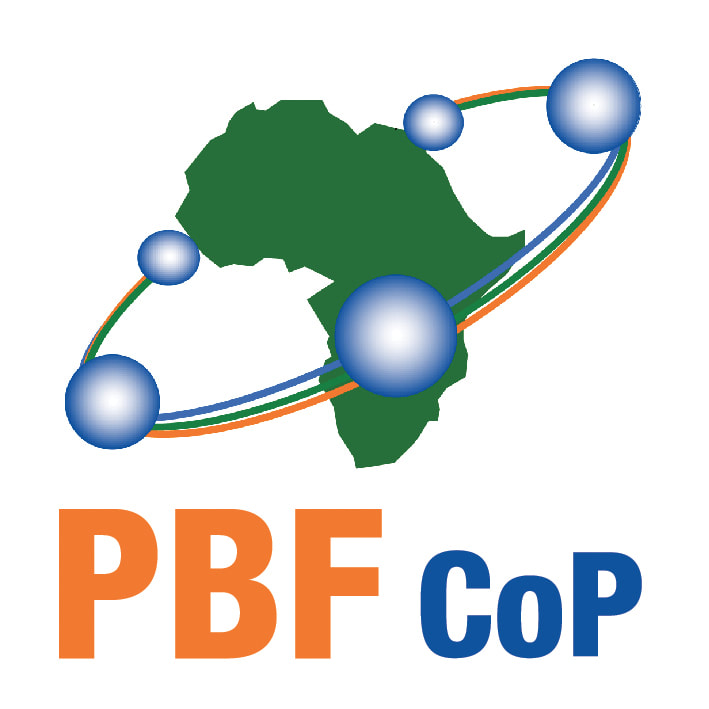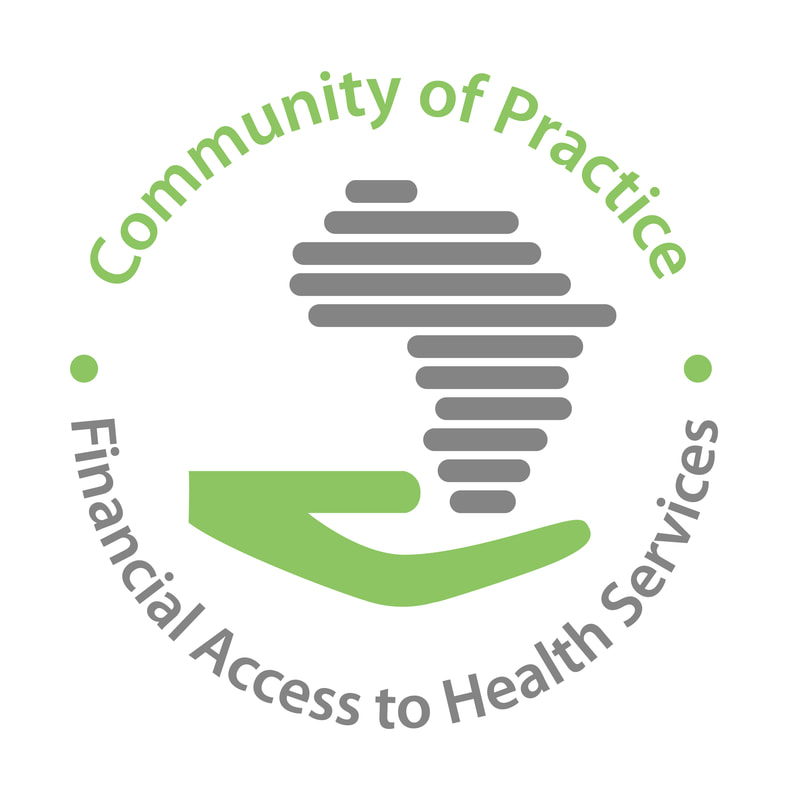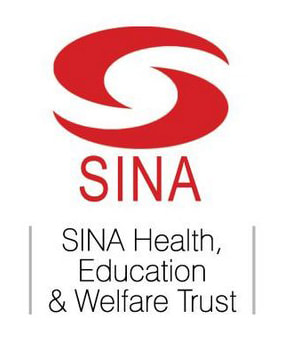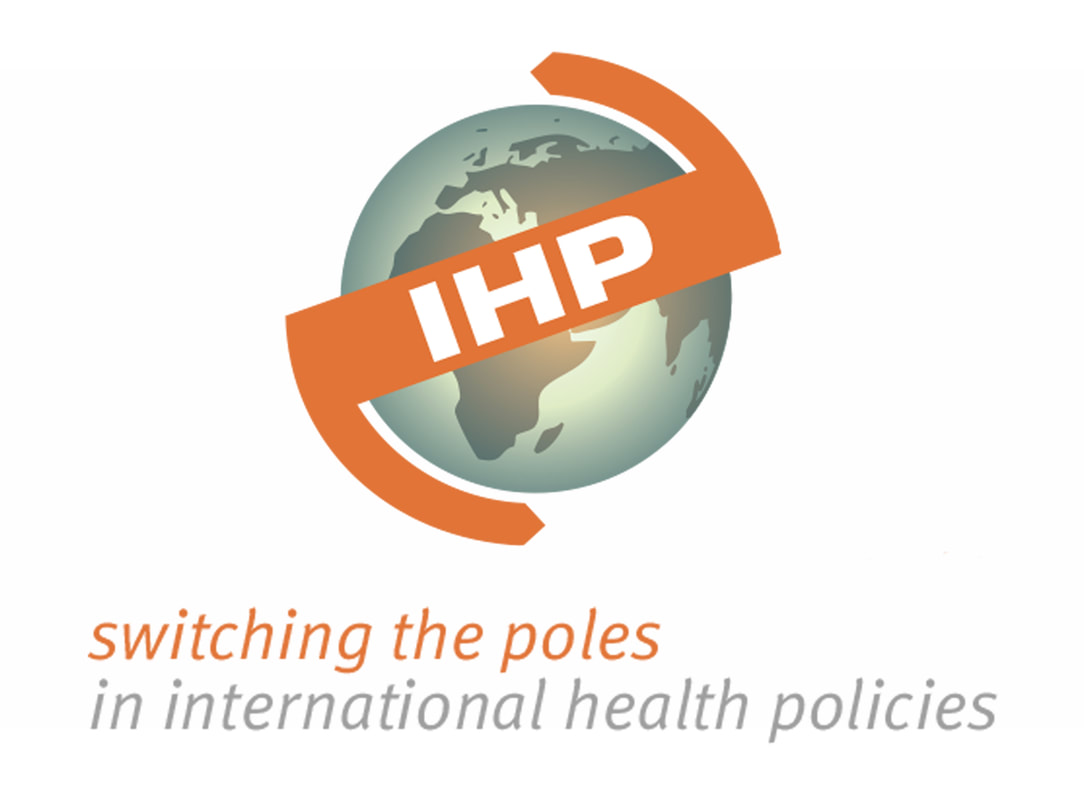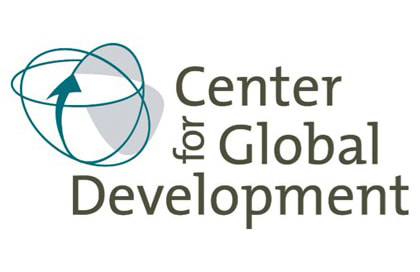BM: In this workshop you presented the Kenyan PBF pilot project. You mentioned a so-called Health Sector Services Fund. Can you tell us a bit more about this fund?
RM: Sometime in 2003, the Ministry of Health did a study to see what proportion of public funds allocated to primary level facilities actually made it to the facilities. It was found that hardly 30% of the funds that left the central government ever reached the small facilities. So the government came up with the idea to do a pilot of a direct funding of these facilities. The pilot was commissioned in the Coastal Province of Kenya. Over a period of 3-4 years, they were able to see these funds that had been channeled directly to facility account were having an impact. Based on that study, the government came together and decided to form the Health Sector Services Fund (HSSF). The HSSF is supposed to be rolled out to the rest of the country.
The strategy states that primary health facilities have to an open bank account and for the governance of the funding, to set up a health facility management committee. The head of the facility is the secretary of this committee; normally a person from the community acts as the chairman. Once that this is established, the whole facility committee is gazetted, so it is a legal entity. Then they are able to decide on their fund.
Are all health facilities eligible for the fund? Do all the health centers get the same amount or is it a formula taking into account, for instance, the population in the catchment area? Practically, how does it go?
The government has determined what to give on a quarterly basis per level of services - dispensaries (serving population of up to 10,000) and health centers (serving population of up to 30,000) only. In this phase one of the project, the fund works with government facilities only. But in one year or two, once accountability rules are clarified, money will be given even to the faith-based facilities. Yes, there is a criterion that we used to determine which different sections of the country receive different amount. But there is more or less a baseline for a basic amount that all health centers (Ksh. 112,500 per quarter) must receive, there is a basic amount for the dispensaries (Ksh.27,500 per quarter) (1); It is only now that we are factoring in other equity parameters such as the accessibility or the poverty index.
The transfer to the health facility is organized in three components. The 1st component, which is the bulk of the transfer, is for operations and maintenance at the facility level; it covers basic recurrent costs including payment of casual laborers. The 2nd component is for the health facility to implement its Annual Operations Plan, which is broken into quarterly implementation plans listing activities the health facility will do (outreaches, a specific service in the area of maternal and child health, voluntary male circumcision…); health facilities define themselves what to do. The 3rd component is an incentive component, the PBF related part.
Can you indeed explain the link between the HSSF and PBF?
During the design of HSSF, it was envisaged that a proportion of funds would specifically be paid to incentivize the health facility. These incentives are to be given to the facility, but 40% is for investment and 60% is for the staff. This is just a general guideline, there is autonomy: the health facilities can decide that they even invest all so that they can attract more clients. But as it is in the pilot stage, we said 60% is for the staff, 40% is to be reinvested in the facility.
The way we decided our PBF, it is basically operationalizing the 3rd component of the HSSF. So we designed in such a way that the Health Sector Service Fund Secretariat remains the fund holder. They are the people who have been channeling the funds directly to the health facilities; in this new arrangement they will continue: they will be disbursing the performance incentives to the facilities, through their account. We do not even need to start saying which account is where: the Secretariat has the details, there is a master facility list; we will be able to able to track everything. For accessing the HSS fund, the facilities have already to submit a quarterly implementation plan. In PBF, we tell them it must be a business plan. So, what we do is just to modify the existing system. Under the routine government system, certain things could not be entered in. For instance, if they are going to incentivize a traditional birth-attendant for them to bring a mother to the facility, in the business plan they can write it comfortably and there is no problem and the money will just be disbursed.
This system looks quite interesting. What is the benefit of bringing PBF to the HSSF?
The general feeling of the country was that we have invested so much money into the health sector in terms of personnel, in terms of infrastructure, but we are not still meeting our target. It is in the process of trying to accelerate progress towards the Millennium Development Goals, the 4 and 5 specifically. The key asset of PBF is the human resource component. You can post a staff member in a remote area, within no time he has left the place (very high turnover). We hope that by incentivizing them they might find some motivation to continue giving the services and to improve the quality.
(1) 1 Kenyan shilling = 0.0119 US dollars. This means that a dispensary gets around USD 0.13 per year per inhabitant.

